Changing Planet: Ocean Acidification
The dramatic increase in atmospheric CO2 in the past few decades has resulted in a startling increase in ocean acidity, which could have a large impact on marine life. Some marine creatures build their skeletons and shells from calcium carbonate in seawater. As seawater gets more acidic these creatures will have a harder time building their skeletons and shells because calcium carbonate dissolves in acid.
Click on the video at the left to watch the NBC Learn video - Changing Planet: Ocean Acidification.
Lesson plan: Changing Planet: Ocean Acidification
You might also be interested in:
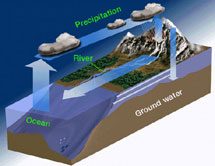
Carbonate is a name for rocks and minerals which contain a certain form of carbon/oxygen compound known as CO32-. (CO32- is also known as the molecule carbonate). Limestone is an example of a calcium carbonate,
...more
Many educators are now finding opportunities to teach about Earth's climate and climate change in their classrooms. Windows to the Universe provides an interlinked learning ecosystem to a wealth of resources
...more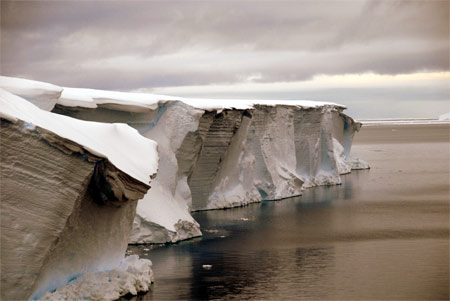
Looking for online content that can be used for a climate change education course or module? Pages linked below can be used to support an introductory climate change education for either a unit or a full
...more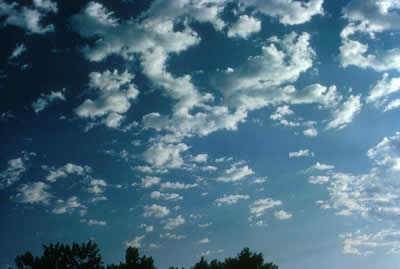
Altocumulus clouds (weather symbol - Ac), are made primarily of liquid water and have a thickness of 1 km. They are part of the Middle Cloud group (2000-7000m up). They are grayish-white with one part
...more
Altostratus clouds (weather symbol - As) consist of water and some ice crystals. They belong to the Middle Cloud group (2000-7000m up). An altostratus cloud usually covers the whole sky and has a gray
...more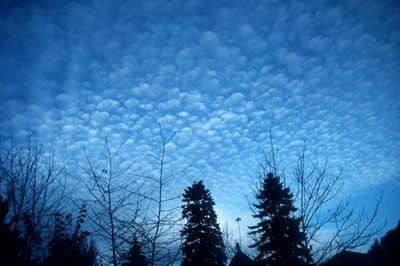
Cirrocumulus clouds (weather symbol - Cc) are composed primarily of ice crystals and belong to the High Cloud group (5000-13000m). They are small rounded puffs that usually appear in long rows. Cirrocumulus
...more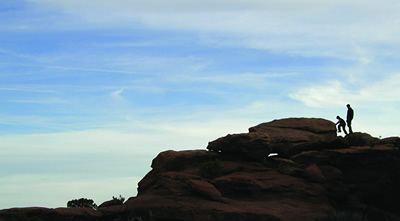
Cirrostratus (weather symbol - Cs) clouds consist almost entirely of ice crystals and belong to the High Cloud (5000-13000m) group. They are sheetlike thin clouds that usually cover the entire sky. The
...more














